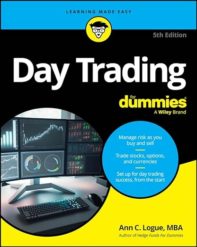It turns out that the Team USA Olympic uniforms are made in China, and that is creating all kinds of outrage about offshoring of different U.S. industries. This is, of course, big news in China, where the story is that Americans should be grateful that our economy has evolved beyond garment work. Certainly, America’s strength is in design and intellectual property, not low-wage manufacturing. And yet, we have a lot of workers who need jobs, and garment work is a fine, honest living.
There’s another aspect to the garment industry, which is the offshoring of pollution. I’m teaching a business law class here, and we just watched the movie A Civil Action to talk about torts and environmental liability. In that case, a tannery owned by a subsidiary of Beatrice contributed to the pollution in the town of Woburn, Massachusetts. There is hardly any tanning left in New England, or anywhere in the United States, and you can bet that factories that make shoes to sell cheap at Payless are paying even less attention to the environment than these people did.
We have an addiction to cheap clothes. I’m guilty of it; I love a bargain, and sometimes, if I’m having a bad day, it cheers me up to bring home a stack of new, colorful t-shirts from Target. I understand retail therapy! I like to have pretty new clothes!
At the same time, I am a cheapskate and a little bit of a PC liberal. American Apparel causes me all sorts of cognitive dissonance: sweatshop free, but run by a man who seems to be quite the creep. What to do, what to do?
Here’s what I try to do: first, I try to buy shoes made in the U.S., Canada, or Europe, where the environmental standards are strong. (Also, one of my friends says that you should only buy winter boots made in Canada, because no one knows winter as well.) There are very few of these brands out there, of course. Two American shoemakers that I can vouch for are Okabashi, which makes comfy sandals, and Eliza B., which makes darling flats to order.
For clothes, I aim for quality, and yes, I mend. I buy some things at a local thrift shop. The dry cleaner near me does alterations, which I find can extend the life of clothes and make them more fashionable. For example, about four years ago I bought a great maxi dress from Veronica M. (I don’t think it was made in the U.S., but it might have been.) I wore it to two different weddings. I took it on a few tropical vacations. This year, I had it cut down to below-the-knee length, so now it is a sporty travel dress. I’ll get another few years of wear from it! How excellent is that?
Getting the wear is key, really. The world has a glut of used clothing right now. Think of it this way: everything at Macy’s right now will end up at Goodwill in three years. That’s an incredible amount of waste of money and resources.
Here’s an idea: one of my friends hosts an annual clothing swap party. Everyone brings things that they are tired of that are in good condition, and then, we all exchange and leave with something new to us. It’s good, thrifty, and environmentally friendly fun.


